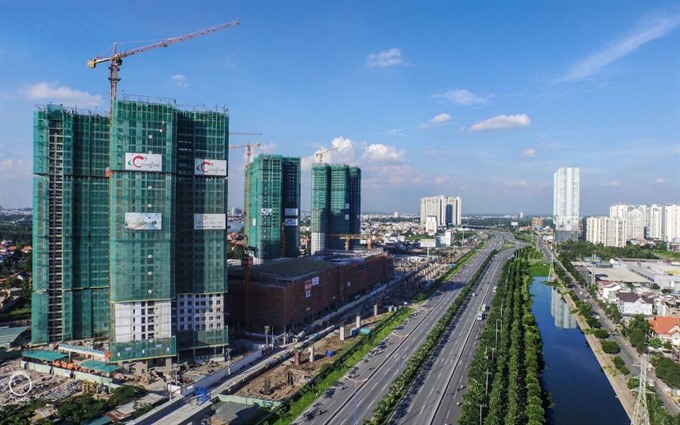During January-March, FDI witnessed a significant yearly decline of 25 per cent to $5.8 billion, but disbursement rose by 7.2 per cent year-on-year to $3.88 billion, FIA said.

South Korea has retained its position as Viet Nam’s leading source of foreign direct investment (FDI) in the first quarter of this year.
This was mainly attributed to the additional US$500 million plus invested by LG Innotek Co in a project in the northern port city of Hai Phong.
During the reviewed period, South Korean firms invested $1.84 billion in Viet Nam, accounting for 31.6 per cent of the country’s total registered FDI, according to the Ministry of Planning and Investment’s Foreign Investment Agency (FIA).
Besides South Korea, businesses from Hong Kong poured $689 million into Viet Nam, making up 11.9 per cent of the country’s total FDI, while those from Singapore injected $649 million, equivalent to 11.2 per cent of the total FDI.
During January-March, FDI witnessed a significant yearly decline of 25 per cent to $5.8 billion, but disbursement rose by 7.2 per cent year-on-year to $3.88 billion, FIA said.
Manufacturing remained the most attractive sector to foreign investors, receiving commitments of $3.44 billion and accounting for more than half of the total commitments.
The retail and wholesale sectors received the second largest chunk of FDI with $531 million or 9.2 per cent, followed by the real estate sector with $486 million or 8.4 per cent.
HCM City, Viet Nam’s economic hub, continued to be the largest recipient of FDI during the period with $1.7 billion, while the northern port city of Hai Phong received $925 million to take the second place.
The third largest recipient of FDI was the southern province of Binh Duong with investment worth $565 million.
During the January-March period, exports by the foreign-invested sector with oil revenues reached nearly $39.34 billion, surging 23 per cent year-on-year and accounting for 72.4 per cent of the nation’s total export turnover.
The sector also imported goods worth $31.75 billion, up 14 per cent over the same period last year. That meant it had a trade surplus of $7.59 billion for the first three months of 2018.
To fully capitalise on the FDI capital source in the new stage, the Ministry of Planning and Investment is drafting the FDI strategy for 2018-23. With assistance from World Bank, the FDI strategy underlines that Viet Nam at this stage should focus on sectors having advantages and those that foreign firms could bring more benefits to rather than domestic firms.
The draft strategy stipulates Viet Nam to set out priority sectors for attracting FDI, such as those that need increased value and competitiveness, including manufacturing (high-grade metals/minerals/chemicals/plastics and high-tech/electronic components), services (logistics and maintenance, repair and overhaul), agriculture (innovative and high-value agricultural products such as rice, coffee, seafood, fruits) and travel (high-value tourism services). — VNS





